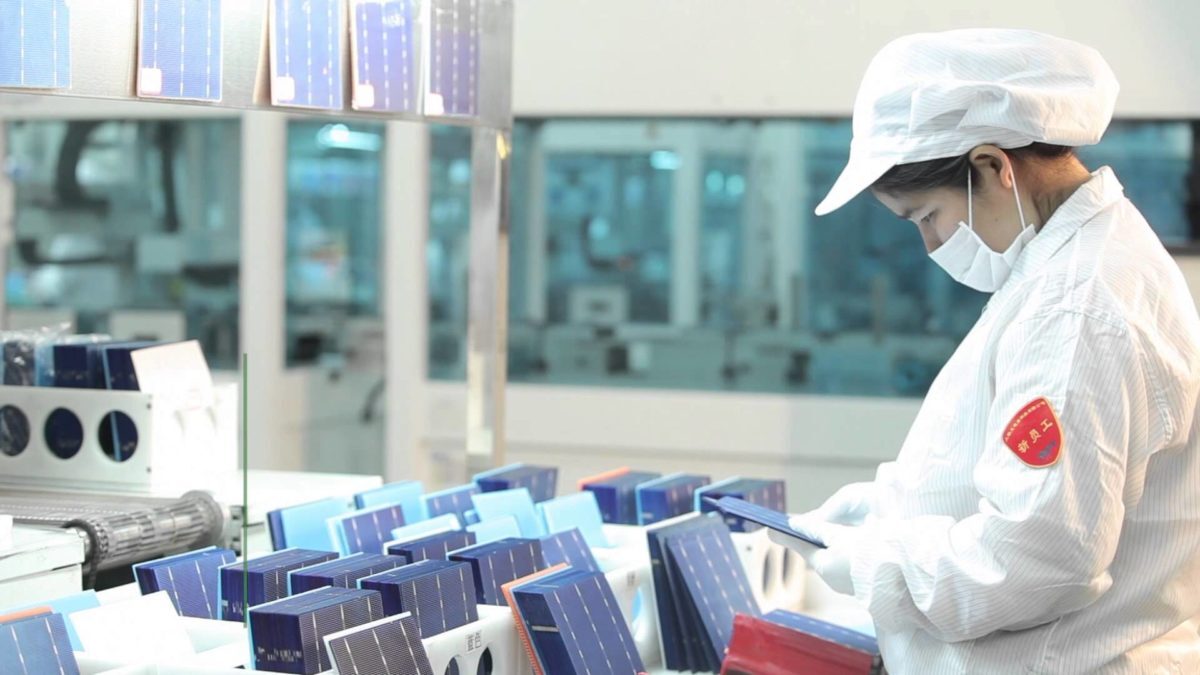As the energy transition progresses in both electricity and the electrification of transportation, new industries are emerging, and in some cases old ones are being injected with fresh capital and ambition.
Unlike many of the battery and electric vehicle start-ups that have emerged in the past few years as wagers on the future by venture capitalists, Livent Corporation is far from a new company. In fact, the global lithium provider has been operating a lithium hydroxide production facility in North Carolina for over 60 years.
Nor is it a small company; last year Livent took in $347 million in revenues.
However, yesterday the veteran company took a new step by filing for its initial public offering (IPO) on the New York Stock Exchange, with a proposed maximum price of $100 million.
So what would make a company like Livent, that has been around for more than half a century, go public? In a word: opportunity. In this case, the opportunity that the growing electric vehicle market presents.
In addition to lithium hydroxide, Livent also produces butyllithium and high purity lithium metal. However, it is in the lithium hydroxide market that the company expects to see its fortunes rise.
From the company’s prospectus, “We believe the demand for our compounds will continue to grow as the electrification of transportation accelerates, and as the use of high nickel content cathode materials increases in the next generation of battery technology products.”
Livent’s prospectus provides a number of details into its business. Lithium hydroxide made up 45% of the company’s revenues last year, and energy storage applications bringing in over 1/3 of its income. By geography, nearly 60% of its sales are into Asia, however Livent also notes that it is one of the few lithium providers with a global manufacturing presence.

The source of Livent’s lithium is in brine salts in Argentina, where it has been extracting lithium for over 20 years.
And while the company plans to retain its “leadership position” in greases and polymers, it is in the battery division that it sees future growth. “As a result of our focus on supplying performance lithium compounds for use in the rapidly growing EV market, we expect the shares of lithium hydroxide, energy storage and Asia as percentages of our total revenue by product, application and geography, respectively, to increase,” it says.
This content is protected by copyright and may not be reused. If you want to cooperate with us and would like to reuse some of our content, please contact: editors@pv-magazine.com.



By submitting this form you agree to pv magazine using your data for the purposes of publishing your comment.
Your personal data will only be disclosed or otherwise transmitted to third parties for the purposes of spam filtering or if this is necessary for technical maintenance of the website. Any other transfer to third parties will not take place unless this is justified on the basis of applicable data protection regulations or if pv magazine is legally obliged to do so.
You may revoke this consent at any time with effect for the future, in which case your personal data will be deleted immediately. Otherwise, your data will be deleted if pv magazine has processed your request or the purpose of data storage is fulfilled.
Further information on data privacy can be found in our Data Protection Policy.